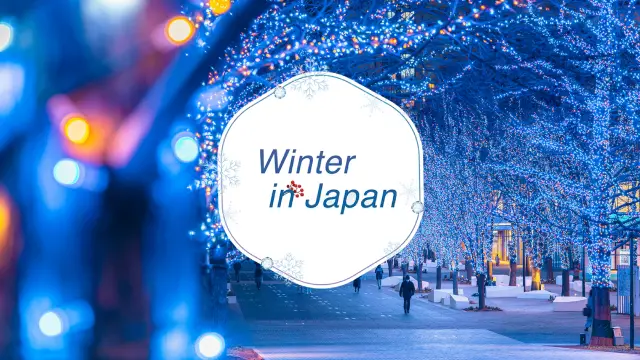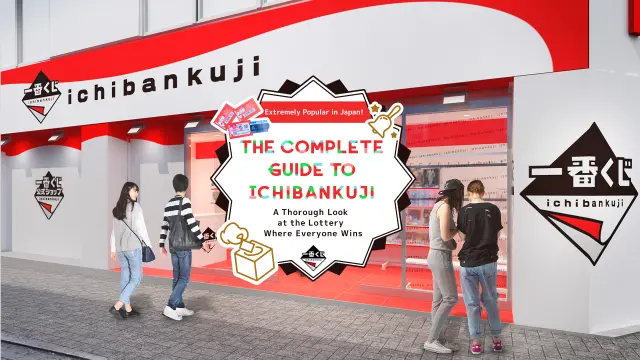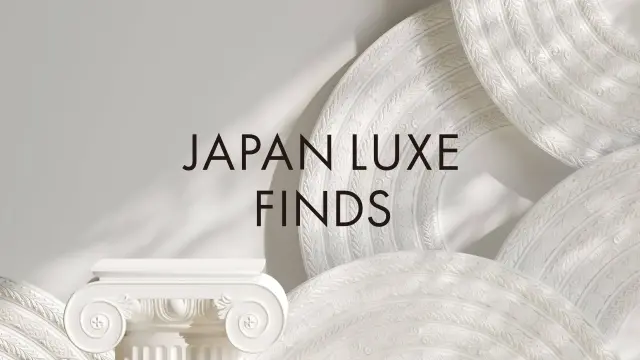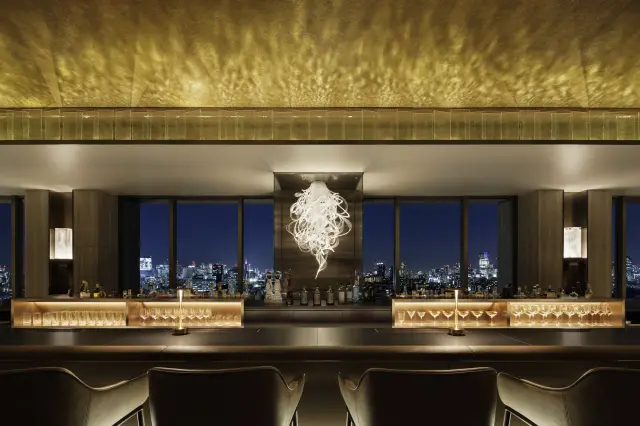
Image provided by Tokyo Metropolitan Teien Art Museum: Main Building, South Exterior
Verified [Verified] denotes information that has been published with confirmation of its owing parties.
Tokyo Metropolitan Teien Art Museum
An art museum where you can enjoy the Art Deco-style former residence of Prince Asaka, along with its gardens and tea house.
Originally built in 1933 as the residence of Prince Asaka in the Art Deco style, the building was converted into an art museum in 1983. In 2015, the main building, main gate, and tea house were designated as Important Cultural Properties of Japan. The museum features impressive spaces such as the entrance hall with glass relief doors by French glass artist René Lalique and a grand hall with a sophisticated, stately atmosphere.
The grounds include various gardens inherited from the Prince Asaka era, including a lawn garden, a Japanese garden with a tea house, and a Western garden, which was redeveloped in 2018. These gardens offer diverse landscapes perfect for a leisurely stroll, with seasonal flowers and plants providing a pleasant welcome.
The museum hosts various special exhibitions throughout the year, including the annual "Building Open House Exhibition," which highlights the architecture of the former Prince Asaka residence. There are also related programs, guided garden tours discussing the history of the gardens, and tea ceremonies at the "Kouka" tea house. Check the official website for the latest information on these events.
On the first floor of the new wing, there is a café called "Café TEIEN," which features an open, glass-walled space. Additionally, the restaurant "comodo" located next to the main gate serves a fusion of Italian and French cuisine. Both the café and restaurant overlook the gardens, offering a serene escape from the city's hustle and bustle.
Highlights
-
Opened as a museum in the Art Deco-style former residence of Prince Asaka, built in 1933.
-
Features distinct Japanese and Western gardens with seasonal flowers.
-
Designated as an Important Cultural Property of Japan, celebrated for its Art Deco architecture.
-
Includes a café and restaurant overlooking the gardens.
Photos
-

The lawn from the Prince Asaka era Image provided by Tokyo Metropolitan Teien Art Museum: Main Building, South Exterior
-

The grand hall with a lattice ceiling containing 40 light bulbs Image provided by Tokyo Metropolitan Teien Art Museum: Main Building, Grand Hall
-

The restaurant "comodo," with garden illumination at night Image provided by Tokyo Metropolitan Teien Art Museum: Restaurant (Night)
Official FAQs
Frequently Asked Questions have been vetted and answered directly by each listing.
Q
Do you have foreign language support? (If it is available, what language is available?)
Yes, English support is available. Various pamphlets are available in Japanese and English, and the official website is available in six languages: Japanese, English, French, Simplified Chinese, Traditional Chinese, and Korean.
Q
Is it possible to re-enter the premises?
Re-entry is allowed on the same day. In addition to the ticket stub, you will need a "re-entry pass" issued by the museum. For details, ask the museum entrance staff. Note: Re-entry is not allowed once you leave the premises beyond the main gate.
Q
Is free WiFi available in the facility?
Yes, it is.
Q
Are there coin lockers?
Yes, on the first floor of the main building. Larger items that do not fit in the lockers can be stored at the reception.
Q
Is eating and drinking allowed in the gardens?
Yes, but please refrain from bringing alcohol or having large group meals.
Reviews
Details
- Name in Japanese
- 東京都庭園美術館
- Postal Code
- 108-0071
- Address
- 5-21-9 Shirokanedai, Minato-ku, Tokyo
- Telephone
- 050-5541-8600 (Hello Dial Service)
- Closed
- Mondays(Open on national holidays but closed the next day), New Year’s holiday period.
- Business Hours
- 10:00am - 6:00pm(Admission allowed until 5:30pm)
- Admission
- Museum entry fees vary by exhibition. Garden entry is 200 yen for adults, 160 yen for university, vocational, and technical school students, and 100 yen for junior high, high school students, and those aged 65 and over.
- Access
-
(1) A 7-minute walk from JR Yamanote Line and Tokyu Meguro Line Meguro Station.
(2) A 6-minute walk from Shirokanedai Station on the Toei Mita Line and Tokyo Metro Namboku Line. - Official Website
- Official Website (English)
Check also...
Please cooperate with this survey.
Thank you for your cooperation with the survey.
Recommended for you
-

Winter in Japan 2025
-

The Complete Guide to Ichibankuji
-

Top Recs for Niche Travel in Japan
-

Mt.TAKAO+one
-

Prince Snow Resorts Feature
-

7 Tips to Dig into the Best of Gotemba
-

Unique Experience in Kansai
-

The Best of NIPPON47
-

Kansai’s Hot Springs
-

A Guided of Bridge Connecting Honshu and Shikoku
-

Kagoshima Responsible Tourism
-

Exceptional Japan Finds










